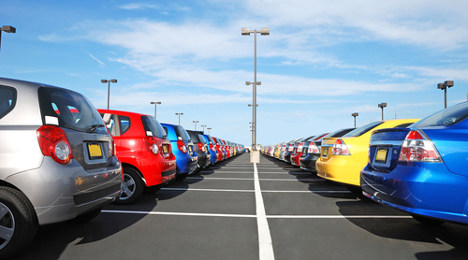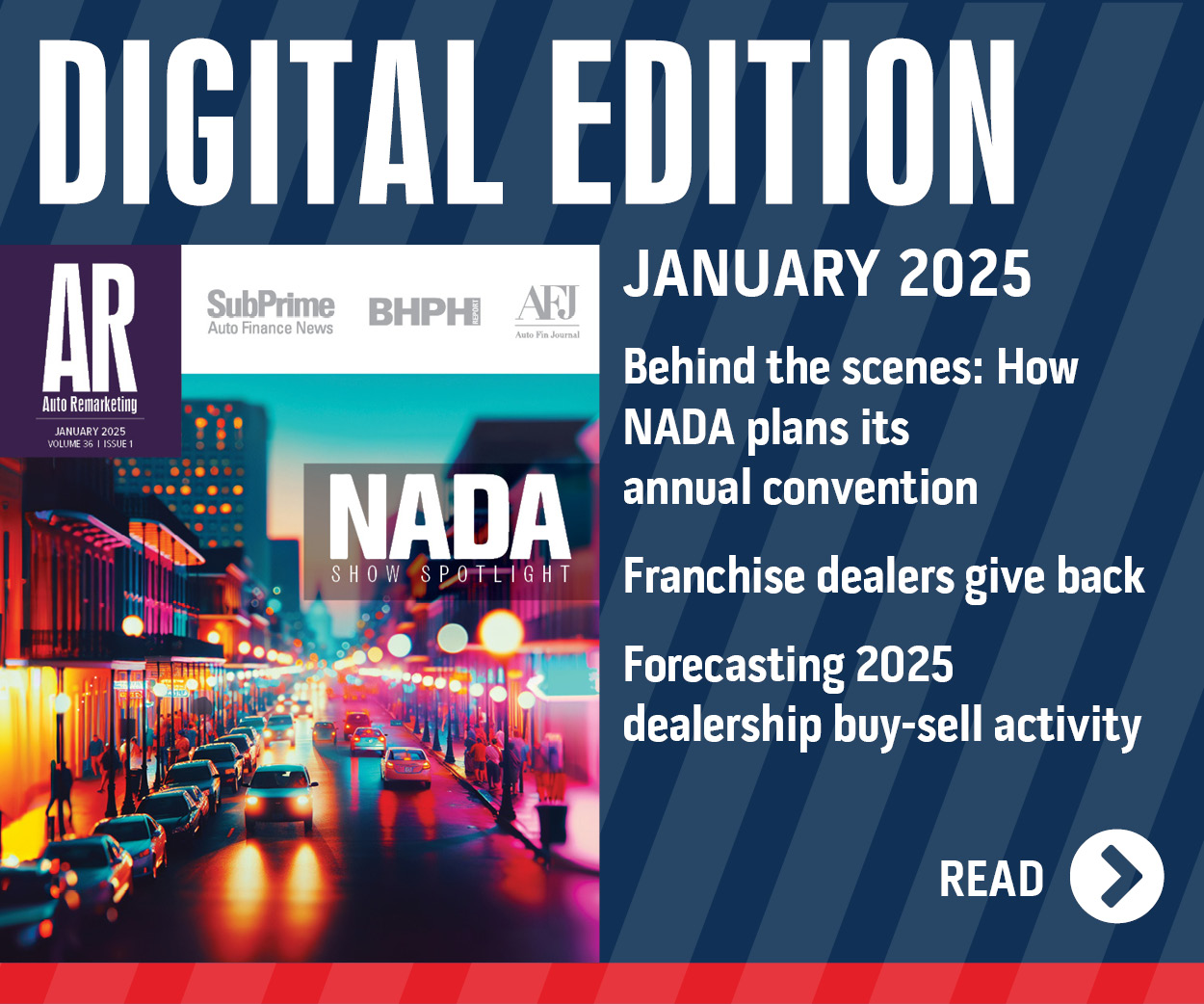Independent dealers steer through challenges

More off-lease vehicles in the market, many of which don’t match consumer demand.
More manufacturer recalls that stymie independent dealers’ ability to move vehicles quickly.
More concern over interest rates and tightening credit.
It’s more than enough to make the retail road ahead anything but smooth for independent dealers, say dealers themselves and industry experts who monitor used-vehicle sales and prices.
Though used-vehicle volume is relatively tight and their prices relatively high, change is coming.
It is widely accepted throughout the industry that used-vehicle volume will grow and their prices will drop.
Ed French, owner of AutoProfit, said independent dealers are savvy professionals who know how to navigate rough business terrain. But he still advises them to proceed with caution.
“In the future, used supply could be higher than demand; it’s on the horizon, but it hasn’t happened yet,” said French, whose consultancy helps dealers improve their used-vehicle profitability.
Sedans and small cars are in the bullseye because they were leased in high volumes in recent years and are becoming plentiful in the used-car market. But consumer demand favors SUVs and crossovers.
Small cars, big value
Though urging dealers “to be careful,” French believes that prices of 2014, 2015 and 2016 small cars such as Nissan Sentra, Toyota Corolla and Honda Civic, will drop so low their bargain prices will appeal to value-seeking consumers.
“I think there will be one-time deals available for independents that they’ve not seen in a long time,” French said.
Anil Goyal, senior vice president of automotive valuation and analytics at Black Book, said there could be opportunities for independent dealers to acquire used luxury and near-luxury cars at favorable prices, because they are sold as new cars mainly through leases.
“More of those cars are likely to flow into the auctions and into the hands of independent dealers,” Goyal said. “That could be a sweet spot for them because they haven’t had access to that product before.”
According to J.D. Power Valuation Services, formerly known as NADA Used Car Guide, off-lease vehicle volume in 2017 is expected reach 3.4 million units, up from 3.1 million in 2016 and 2.3 million in 2015.
When adding used vehicles up to five years old from other sources such as rental and commercial fleets and trade-ins to off-lease volume, an estimated 14 million used cars and trucks will enter the market this year. That’s up from 13.2 million in 2016 and 11.8 million in 2015, Power data reveals.
Used-vehicle prices are expected to tumble 6 percent in 2017, compared to a 4 percent slide in 2016, said Power senior automotive analyst David Paris.
Heavy incentives to prod new-vehicle sales also exert pressure on used-vehicle values.
Paris advises dealers to stock clean vehicles that don’t require a lot of reconditioning and will sell quickly and profitably.
“With depreciation up, the longer these units sit on the lot, the more money they’re losing,” Paris said.
Dealers should also keep an eye on interest rates and credit, said both French and Goyal, because lenders have started tightening their credit standards.
“It’s particularly acute in the subprime area, because that portfolio stands a chance of losing more,” French said.
Opportunities for BHPH
Goyal said the changing credit environment represents new opportunities for buy-here, pay-here dealers to pick up business from customers squeezed out by lenders cutting back on subprime.
Interest rates aren’t having a major impact on credit now, because the increases have been relatively small, Goyal said, but it represents “another straw on the camel’s back.”
“Lending gets pulled back, interest rates continue to rise and the debt burden of that consumer is going to increase,” Goyal noted. “They have to pay more on credit card loans, they have to pay more on auto loans and more on home equity loans.”
But for the time being, used-vehicle prices are still relatively high, said Steve Matthews, owner of three used-car dealerships in North Carolina, and Frank Fuzy, owner of Century Motors of South Florida Inc., in Pompano Beach, Fla.
“It’s costing us much more money and it’s getting harder to find them,” said Fuzy of the 10- to 15-year-old, 20,000- to 40,000-mile vehicles he buys to meet his customers’ demand. He is also the current National Independent Automobile Dealers Association chairman of the board. “Sometimes we have to pay double (guidebook) value.”
It sometimes takes Matthews longer to prep a vehicle for retail than he would like because manufacturer recalls seem to “pop up” all too often on the late-model, used vehicles he buys at auction after he gets them to his dealerships. He is committed to having safety-related recalls repaired before he retails his vehicles.
That means paying two people to drive a vehicle 30 to 45 minutes to a franchise dealership for repairs and paying two people to pick it up once the repairs are completed. That doesn’t include floorplan costs and vehicle depreciation that accrue in the meantime.
“It might be a week or two before you get that car back and that’s costing you money,” said Matthews, whose stores specialize in vehicles no more than 5 years old with fewer than 75,000 miles.
“That’s a big problem that independents face.”
This story appears in the June 1 issue of Auto Remarketing, which is the Top 100 Used Car Dealers — Independent Edition and the NIADA Convention & Expo issue.

 View The Latest Edition
View The Latest Edition

